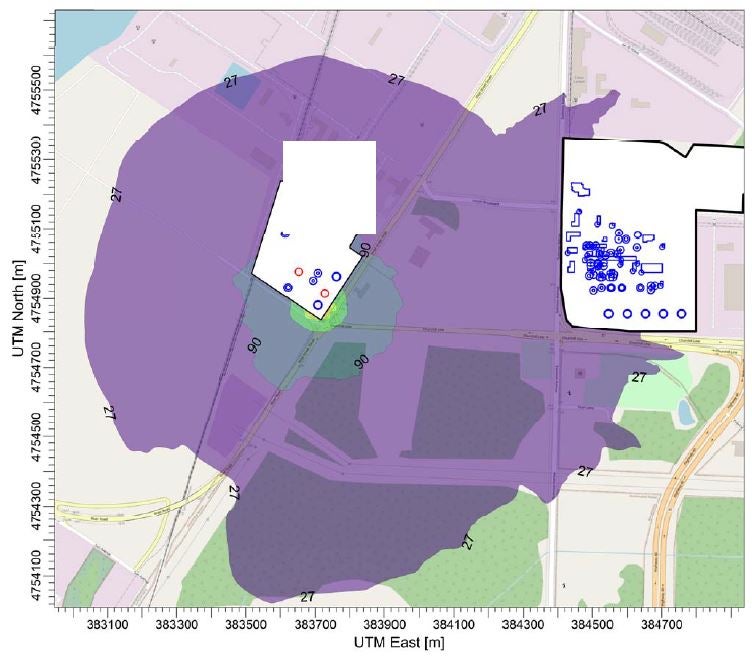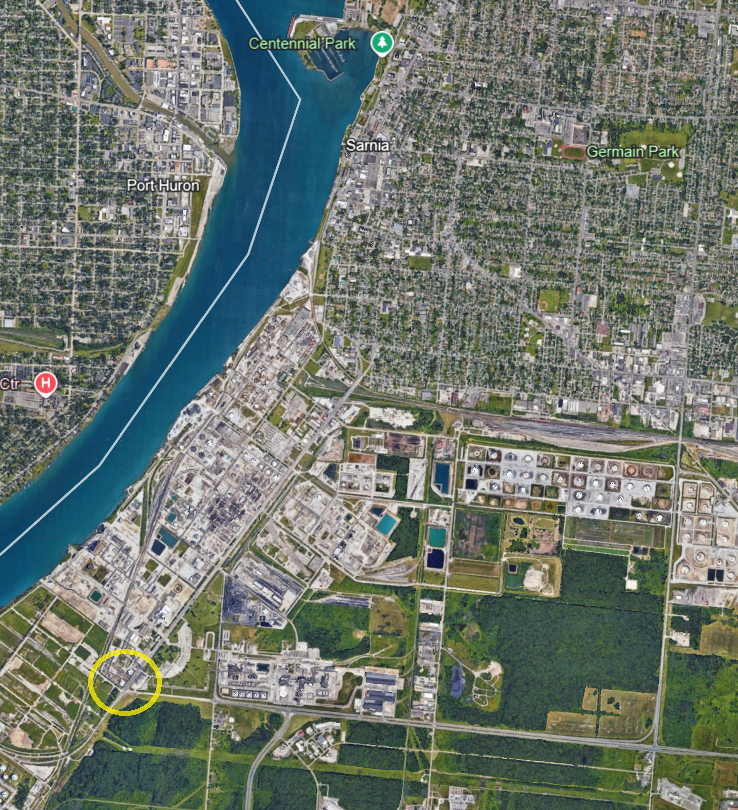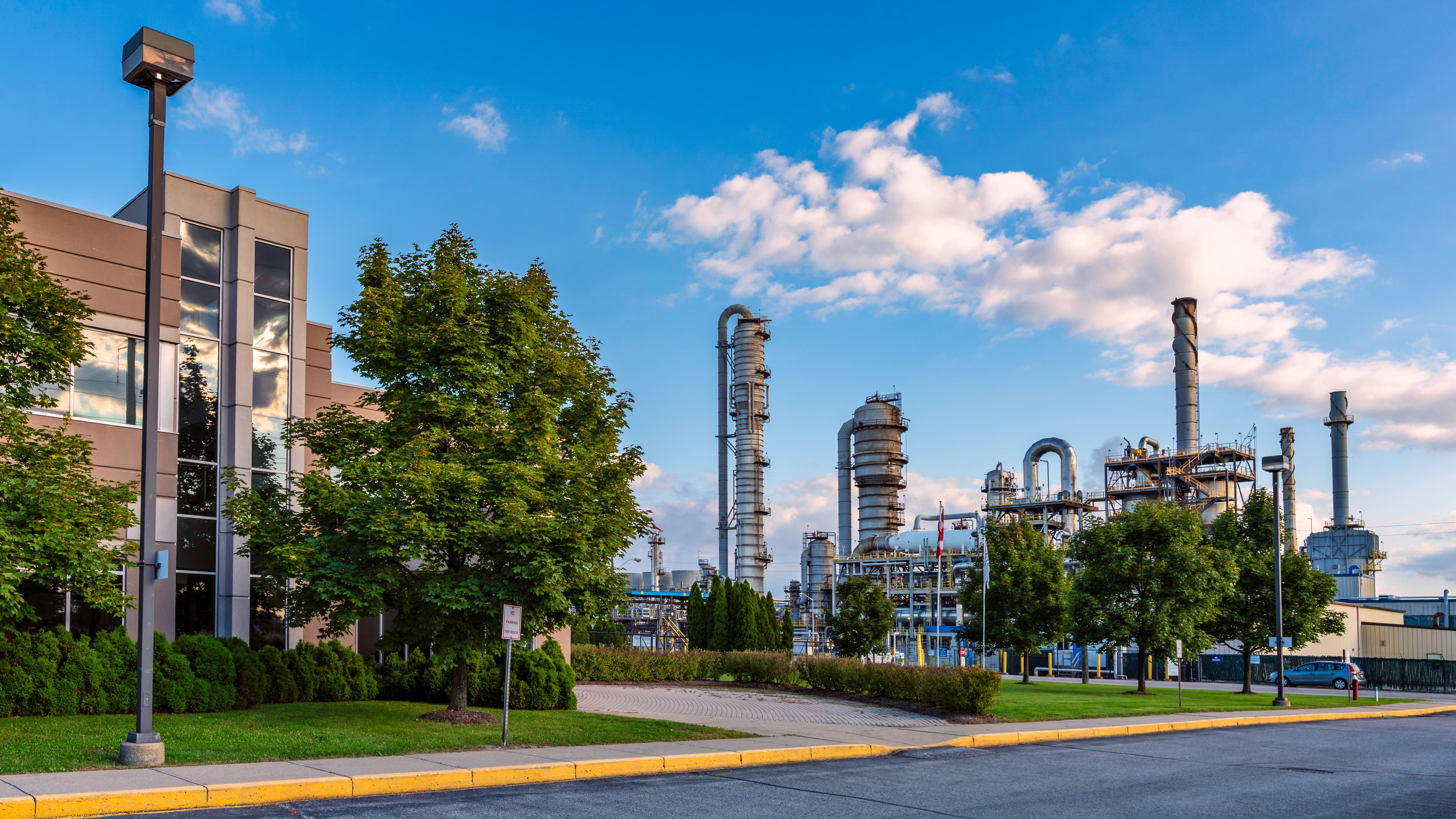INEOS Styrolution confirms that work to implement Part B of the benzene destocking plan at its Sarnia site will commence on October 1, 2024, and be completed before the October 16 deadline.
This plan, developed in collaboration with Aamjiwnaang First Nation (AFN), the Ministry of the Environment, Conservation and Parks (MECP), and Environment and Climate Change Canada (ECCC), was formally approved on August 14, 2024.
Initially, INEOS Styrolution proposed an alternative plan to keep the site closed, as it has been since April 2024, allowing time to design, build, and install advanced abatement technology to reduce emissions below the new regulatory limits ahead of the planned spring destocking. Unfortunately, this proposal was rejected by ECCC.
INEOS Styrolution is fully committed to minimizing benzene emissions during the destocking process, with safety as our top priority. We are dedicated to protecting our employees, contractors, and neighbouring communities, prioritizing safety above all else. However, despite our best efforts, our modelling suggests that the destocking plan, as mandated by the MECP and ECCC, may result in benzene emissions exceeding the recently lowered regulatory limits. We have proactively informed the AFN, MECP, and ECCC of this potential outcome.
Modelling indicates an increased potential of emissions exceeding the new ultra-low hourly limit of 90 µg/m³ at our site between October 2 and 6, 2024. Any elevated emissions are expected to be localized near the site boundary and are not expected to cause adverse effects to the local population. In compliance with MECP regulations, INEOS Styrolution will issue community notifications if emissions reach 75% (67.5 µg/m³) of the new limit (90 µg/m³). These notifications are precautionary and do not indicate an actual exceedance. Additionally, the Government of Canada assesses health risks based on lifetime exposure to such levels, while this event spans just a few days.
Our modelling further highlights the predicted geographic boundaries of emissions during this period, with the purple range representing the AFN’s self-determined threshold of 27 µg/m³ per hour.
We are fully committed to the safe and successful execution of the approved plan, working in close collaboration with our expert engineers, the City of Sarnia Fire Chief, local authorities, and provincial and federal agencies. Additionally, we are coordinating closely with AFN leadership as they develop strategies to minimize disruption during the destocking period.
As a precaution, the AFN has decided to temporarily relocate some community members while these activities are underway. Although all expert modeling indicates that predicted emissions levels are unlikely to cause adverse effects, we fully respect the decision made by our AFN neighbors.
Destocking activities are a routine part of operations within the Sarnia industrial complex, and local authorities are well-versed in the standard protocols. We apologize for any inconvenience this may cause the Sarnia community and appreciate the understanding and patience shown throughout this necessary process.
Information about our plans, as well as near-real time benzene monitoring data from the monitoring systems can be found on our website www.ineossarnia.com. We also post community alerts via https://lambtonbases.ca/alerts/ and host daily meetings with both our AFN neighbours, and the MECP.



